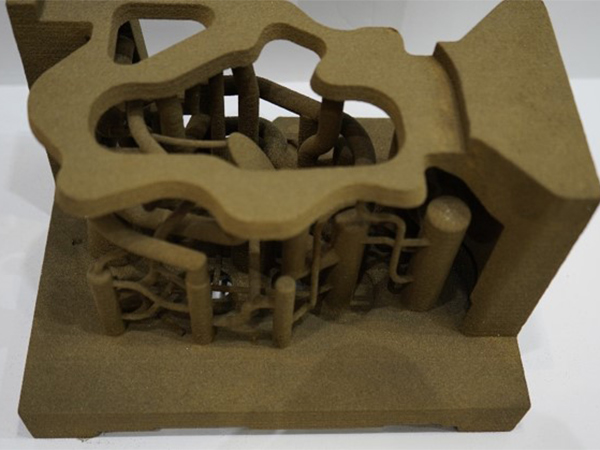The Evolution of Sanding Machines Integrating 3D Printing Technology
In the world of manufacturing and craftsmanship, sanding plays a crucial role in achieving smooth finishes and preparing surfaces for further treatment. Traditional sanding machines have been effective but often come with limitations such as rigidity, high production costs, and the need for frequent maintenance. However, the advent of 3D printing technology presents an exciting opportunity to revolutionize the design and functionality of sanding machines. This article explores the evolution of sanding machines, the integration of 3D printing, and the potential benefits this technology brings to the industry.
Understanding Sanding Machines
Sanding machines are designed to smooth surfaces by removing material through abrasion. These machines are widely used across various industries, including furniture manufacturing, automotive, aerospace, and construction. There are several types of sanding machines, such as belt sanders, disk sanders, and drum sanders, each serving specific purposes and applications. However, conventional machines often consist of numerous components that are complex, expensive, and time-consuming to produce.
The Rise of 3D Printing
3D printing, or additive manufacturing, has transformed the way products are conceptualized, designed, and produced. Unlike traditional manufacturing methods that rely on subtractive techniques, 3D printing builds objects layer by layer, allowing for complex geometries and customized designs. The technology has found applications in various fields, from aerospace to healthcare, and is now making its way into the realm of tools and equipment.
Design Flexibility and Customization
One of the most significant advantages of integrating 3D printing into the production of sanding machines is the design flexibility it offers. Designers can create intricate components that were previously impossible or prohibitively expensive to manufacture. For example, the housing of a sanding machine can be designed to incorporate air channels, improving cooling and dust extraction, which are often overlooked in traditional designs.
Moreover, 3D printing allows for customization according to specific user needs. A small workshop may require a unique sanding solution tailored to the dimensions of the projects they handle. With additive manufacturing, it’s feasible to produce one-off components or entire machines that cater to niche applications without the high costs associated with traditional manufacturing.
sanding machine 3d print

Cost-Effectiveness and Efficiency
The conventional production of sanding machines requires substantial investment in molds and tooling, which can be a barrier for smaller manufacturers or startups. 3D printing reduces these upfront costs significantly, as there is no need for expensive tooling or molds. Additionally, prototypes can be developed rapidly, allowing for faster innovation cycles. Manufacturers can test and refine designs in real-time, leading to more efficient production processes and quicker time-to-market.
Enhanced Material Utilization
Additive manufacturing is known for its capability to minimize waste. Traditional manufacturing often results in excess material being discarded during the production process. In contrast, 3D printing uses only the exact amount of material needed to create the sanding machine components, leading to a more sustainable manufacturing approach. This environmentally friendly aspect is becoming increasingly important in today's industry, where sustainability is a priority for many companies.
The Future of Sanding Machines
The integration of 3D printing technology into sanding machine production is still in its infancy, but the potential it carries is immense. As the technology continues to advance, we can expect to see machines with built-in sensors for real-time performance monitoring, improved precision, and even automated adjustments based on specific material properties. Furthermore, the ability to produce replacement parts on-demand means less downtime and more efficient operation for businesses relying heavily on sanding processes.
Conclusion
The marriage of 3D printing and sanding machines marks a significant milestone in manufacturing innovation. This integration offers design flexibility, cost-effectiveness, enhanced material utilization, and the potential for customization. As industries continue to evolve and adopt new technologies, 3D printed sanding machines are poised to become an integral part of the manufacturing landscape, providing craftsmen and manufacturers with the tools they need to produce high-quality finishes more efficiently and sustainably. The future of sanding is bright, thanks to the transformative power of 3D printing.
Post time:تشرینی یەکەم . 19, 2024 14:47
Next:lost foam castings
